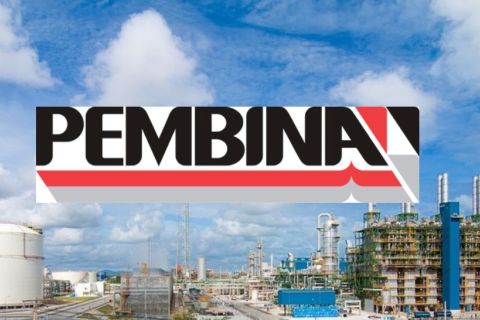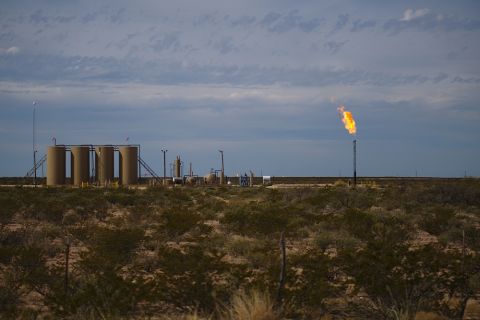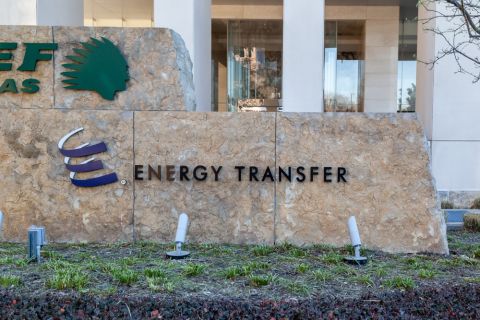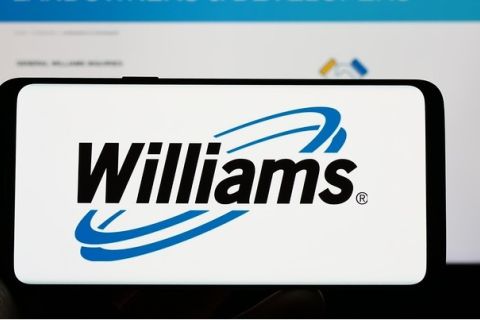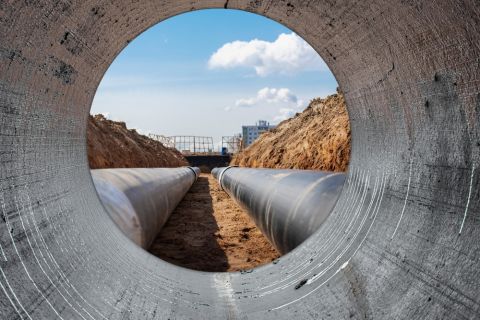One only has to go back about 20 years to see the issues that were exercising minds then—standardization, tree designs, cost reduction. So what else is new?
It was just after the turn of the decade at the start of the 1990s that development teams first began thinking that every subsea development was not a glorified R&D project, although assuredly that was still the case in some instances when the challenges were still so new.
Early in the 1990s then-operator Norsk Hydro brought the Troll Oseberg Gas Injection (TOGI) project into production offshore Norway, proving that long-distance gas tiebacks (LDTs)—in that case 48 km (30 miles)—were possible. This led to Mensa in the Gulf of Mexico, West Delta Deep Marine offshore Egypt, Snøhvit and Ormen Lange offshore Norway, and sometime this year Greater Gorgon off the west coast of Australia.
TOGI was a key milestone, but while LDTs continue to be the exception rather than the rule, the debate about tree design is not. Two decades ago Cameron launched its SpoolTree, a horizontal tree, onto the market at Kerr-McGee’s Gryphon development in the U.K. sector of the North Sea. It was to change the subsea market in a very big way.
Option of choice
Although originally intended to facilitate the greater use of electric submersible pumps (ESPs)—making it possible to retrieve the ESP without disturbing the subsea christmas tree—the actual impact was to encourage smaller operators to take their marginal projects subsea. Out went costly completion risers, and in came rental units. Except for a few of the majors, the horizontal tree became the option of choice, particularly for high flow-rate gas developments, with its market share hitting 50% or just beyond.
Then there was a pause, and the market requirements shifted. Big bore trees were useful, but what happens when later in life there might be a need to pull a tree to replace actuators or damaged hydraulic lines? Did the operator also want—or need—to recomplete the well? Not unless absolutely necessary.
Also, tree-by-wire installations are much easier when the completion is already in place as with a conventional vertical tree. And with the recent high price of rigs—translate the bareboat charter rate of $500,000 to $600,000/day into the “real” rate of $1 million/day—non-rig installation has become almost a necessity.
Standardization on the mind
There are two issues that seem to be more on the minds of those who are both business- and technologically oriented. The first is the need for standardization. Two decades ago Subsea Engineering News organized several technical seminars on this subject, and the debate has rumbled on ever since.
Some engineers suggest that not much has happened since then, but that is far from the reality. If any operator can be said to have attempted to embrace standardization, it is Statoil. Scroll back to the mid-1990s and you will find the Statfjord Satellites project, two fields—Stat North and East—to be developed with exactly the same kit. How much more standard do you want than that?
The Norwegian operator, with the biggest portfolio of subsea wells, expanded on this approach when it launched its “fast-track” program about four years ago. It wanted to stop re-engineering every small project and reuse equipment and project teams as well as cut field development timetables in half from five years from discovery to just two and a half. The program is now more than 10 projects deep, with the first fields already onstream.
Supplier perspective
From the supplier side, standardization has never been a problem. All the suppliers have wanted is to be told by the operator what it wants, but when operators work on the principle of “believing in standardization as long as we can make as many changes as we like,” there is a reality gap.
What the suppliers have done in attempting to create an off-the-shelf subsea christmas tree product line is to standardize the machining of tree blocks. If the standard block could then be modified more simply for each application, it could reduce manufacturing time.
Also, look at the extensive work done by the API-17 subsea standardization committee. Almost every area of subsea production systems has been addressed by a specific subgroup—trees/wellheads, controls, umbilicals, flexible pipe—and even one, Through-Flowline Intervention (TFL), is now an anachronism. The last project with a TFL system was … who remembers?
Probably the one subgroup that made the most immediate impact was 17H, which covers ROV interfaces and tooling. The standard ROV “bucket” is now one of the most ubiquitous parts of subsea systems.
Even further down the food chain into the minutiae of control systems has been the work on standardizing communication protocol between the control system and smart well equipment and subsea sensors.
But as that famous philosopher Rick pointed out in the film Casablanca, all of this won’t be worth “a hill of beans” unless the industry can find a way to make the numbers work.
Increased size and risk
In the post-Girassol period, after it became apparent that West African deepwater developments were going to be bigger than anything the industry had seen before, the main installation contractors realized that the risks being pushed onto them by operators were becoming uncomfortable, and project sizes were becoming bigger.
When BP awarded the subsea umbilicals, risers and flowlines (SURF) contract for its Angola Block 18 development to Acergy, its $980 million value exceeded the company’s then-market capitalization.
This led to what can only be called mutiny. Senior executives at several of the big contractors went public, most unusually, to voice their fears about what might happen if one of these big projects went terribly wrong—and that happened.
At Bonga in Nigeria, Shell’s development scheme proposed the first use of steel catenary risers in conjunction with an FPSO vessel. Stolt Offshore, which won the SURF contract, underestimated the engineering hours required to make this configuration work. It was costly.
Brazil cost-risk pressures
Now, more than a decade later, the same issues are being debated. Subsea 7 faced similar cost-risk pressures in Brazil on the innovative buoyant submerged riser (BSR) support structure contract for the ultradeepwater Guará-Lula project.
Brazil has always been a special case as a result of being mostly a single-client sector, where profit margins can be razor thin. Even though there are now other offshore operators there, Petrobras still dominates. Everyone plays by its rules, or they do not do business in Brazil.
Subsea 7 was to supply three new BSRs for the presalt fields area under a $1 billion deal. It fell foul of nearly every conceivable contractual hazard. There were problems with customs officials, a lack of indigenous logistical support, late delivery of components from other sectors, difficult weather conditions and damage to its fleet, not to mention the ongoing difficulty in fulfilling local content requirements. Essentially, you name the possible problem, and it occurred on this contract.
The result was a $250 million to $300 million write-down on the job—only marginally reduced in the end—and Subsea 7 said it would withdraw from tendering on engineering, procurement and construction contracts in Brazil until the contractual terms and conditions are more favorable.
Potential pitfalls
While Petrobras might see this as one contractor’s problem, in effect this is a business problem for itself. Such a decision will reduce competition and make others wary of the potential pitfalls—and there are plenty at present—of contracting in Brazil. It will certainly not encourage new players into the sector.
The subsea and deepwater sectors continue to offer many possibilities, both in the business sense and the development of new technology, but also an equal number of potential mishaps. This is essentially why the problems that presented themselves two decades ago continue to plague the industry today. It is not that no one has learned from the past, but like offshore reservoirs, each one is different and presents its own unique challenges.
So it might be that an idea suggested recently—forget standardizing on equipment, focus on standardizing project execution models—is one whose time may have come.
Steve Sasanow is editor of Hart’s Subsea Engineering Newsletter.
Recommended Reading
Pembina Pipeline Enters Ethane-Supply Agreement, Slow Walks LNG Project
2024-02-26 - Canadian midstream company Pembina Pipeline also said it would hold off on new LNG terminal decision in a fourth quarter earnings call.
Waha NatGas Prices Go Negative
2024-03-14 - An Enterprise Partners executive said conditions make for a strong LNG export market at an industry lunch on March 14.
Post $7.1B Crestwood Deal, Energy Transfer ‘Ready to Roll’ on M&A—CEO
2024-02-15 - Energy Transfer co-CEO Tom Long said the company is continuing to evaluate deal opportunities following the acquisitions of Lotus and Crestwood Equity Partners in 2023.
Williams Beats 2023 Expectations, Touts Natgas Infrastructure Additions
2024-02-14 - Williams to continue developing natural gas infrastructure in 2024 with growth capex expected to top $1.45 billion.
Targa Resources Forecasts Rising Profits on 2024 Exports
2024-02-20 - Midstream company Targa Resources reports a record fourth quarter in volumes and NGL fractionation.

